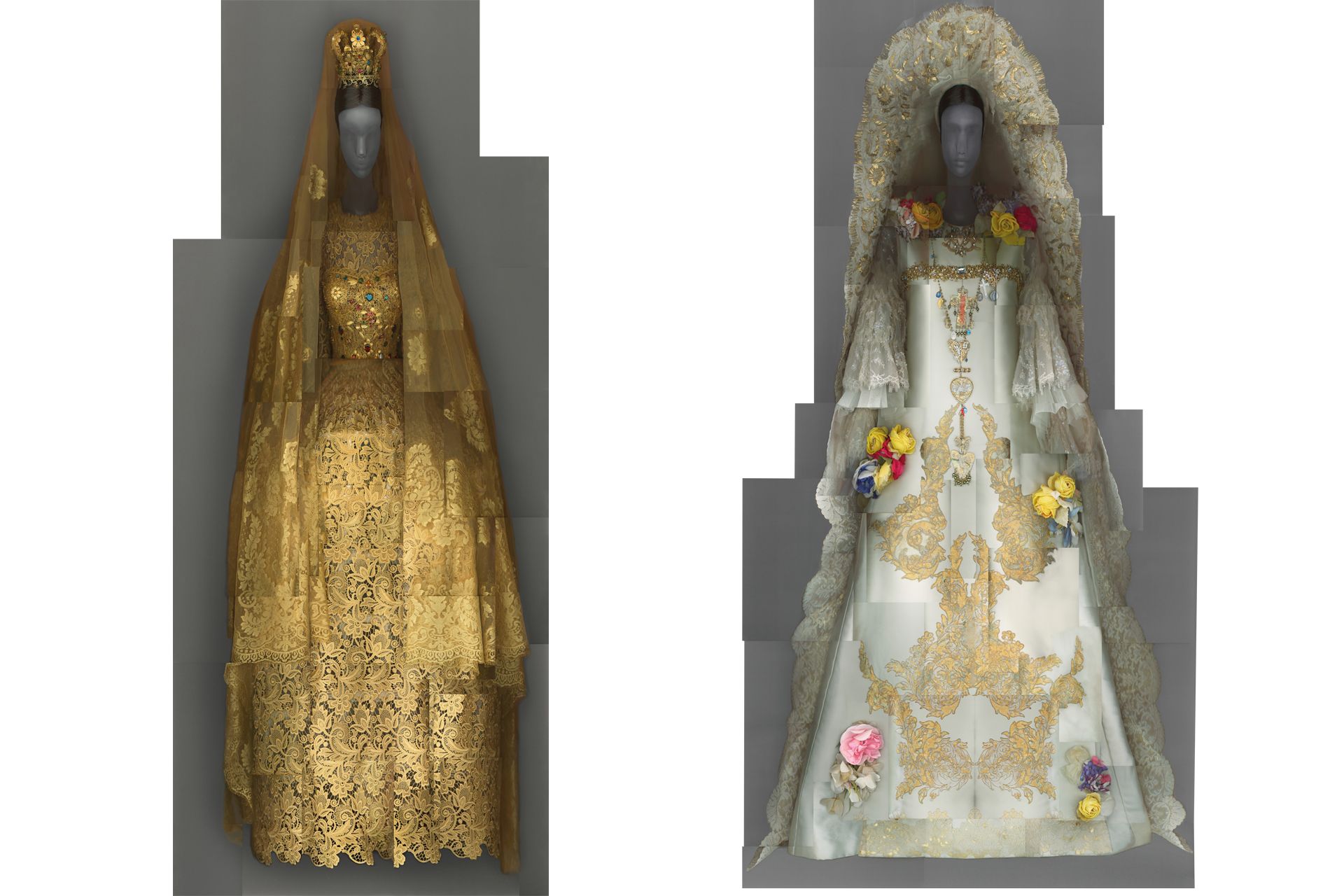As the Met’s new show Heavenly Bodies: Fashion and the Catholic Imagination opens this month, we look at the industry’s long-standing relationship with religious iconography
For most of us, combining Christianity with high fashion means deciding what to wear to this summer’s church weddings. But Catholicism and modesty dressing are firmly back in the pages of Vogue, thanks largely to the Metropolitan Museum of Art’s Costume Institute, whose 2018 exhibition is entitled Heavenly Bodies: Fashion and the Catholic Imagination. As always, it will open on the first Monday in May with what is arguably the fashion world’s most dazzling celebration—the Met Gala. Hosted this year by Anna Wintour, Amal Clooney, Rihanna, and Donatella Versace, whose brand is sponsoring the show, it is New York’s most desirable and most keenly sought invitation.

“When Anna told me about the theme of the Met this year, it immediately resonated within me,” says Donatella, speaking exclusively to Asia Tatler. “This is not only because religion has always played an important role in creating the aesthetic of Versace, but also because I loved the ambition of the plan, the fact that Versace can be a part of the biggest exhibition the Met has ever produced.”
After three years of thought-provoking themes—China: Through the Looking Glass; Manus x Machina: Fashion in an Age of Technology; and Rei Kawakubo/Comme des Garçons: Art of the In-Between—the Met Gala is clearly hoping to garner even more column inches than usual by wading into the religious fray. This will be the department’s largest show to date, but it will also be its most provocative, with the world’s most photographed men and women arriving at Museum Mile dressed as their interpretation of a major world religion.










